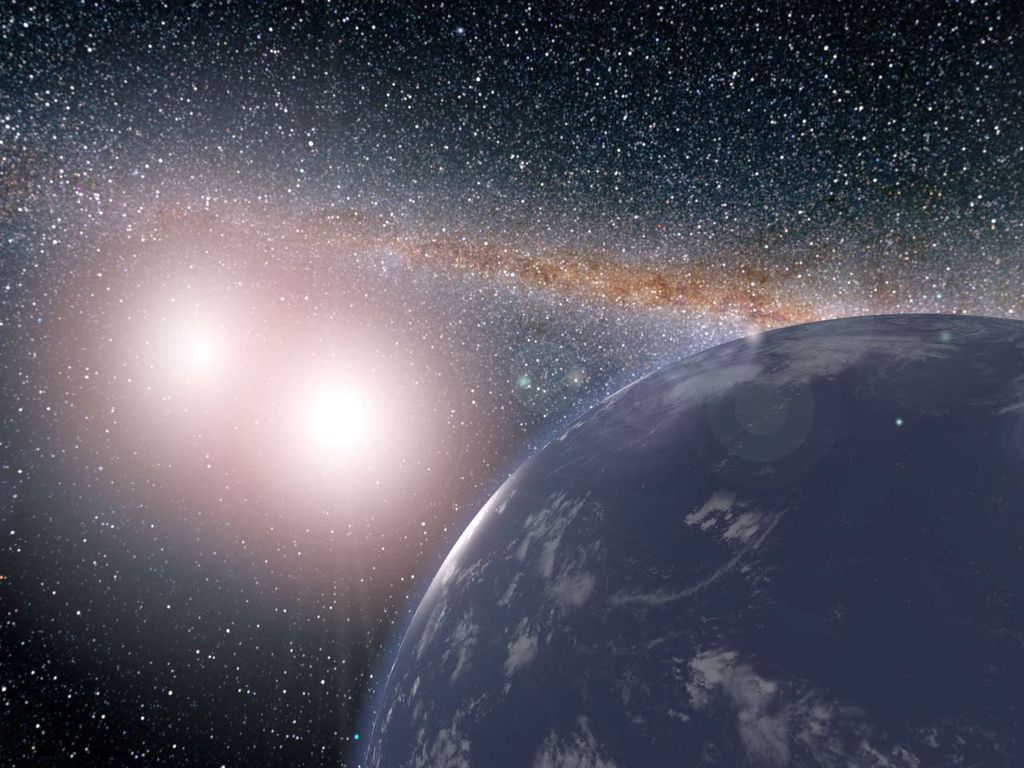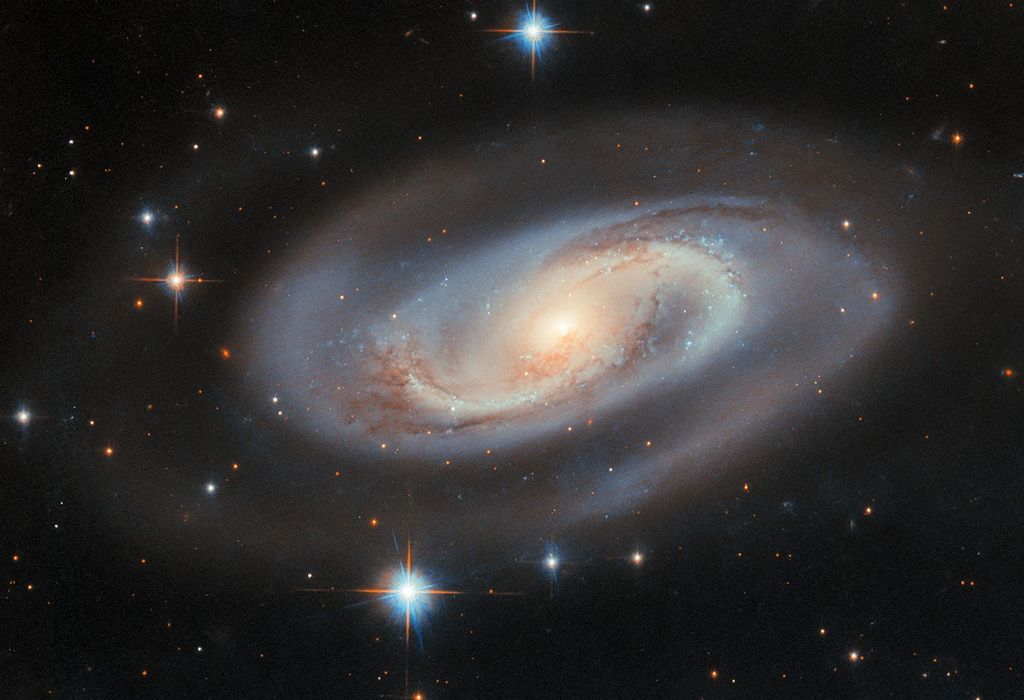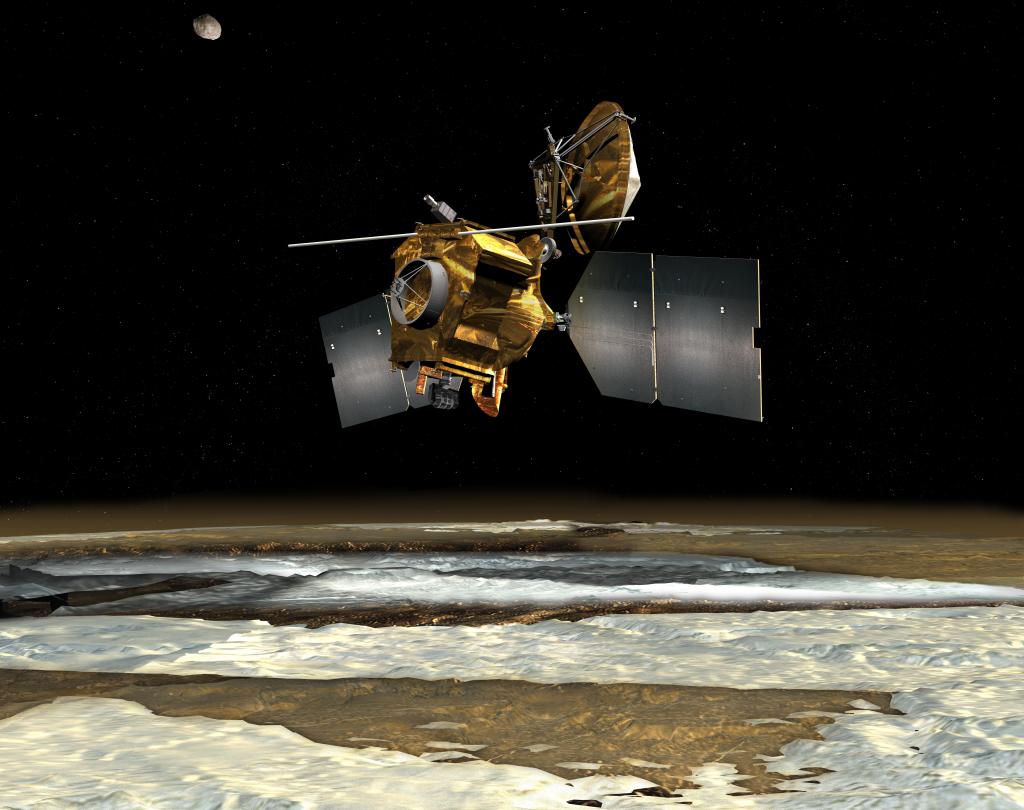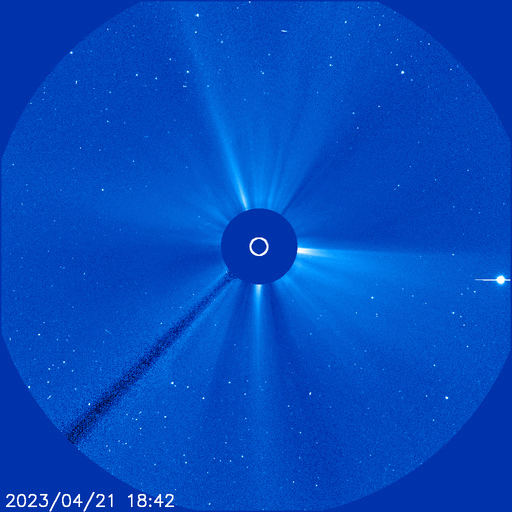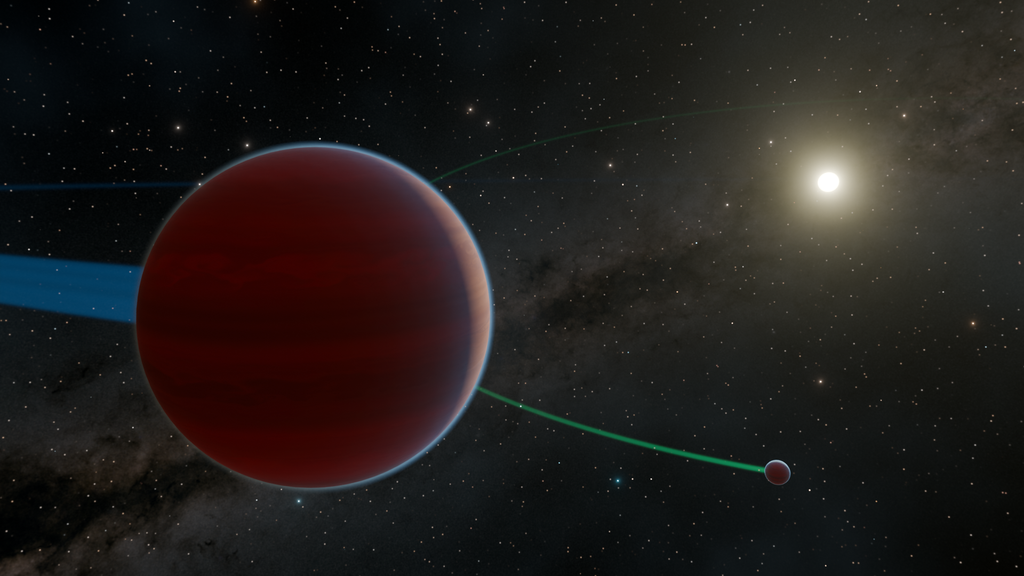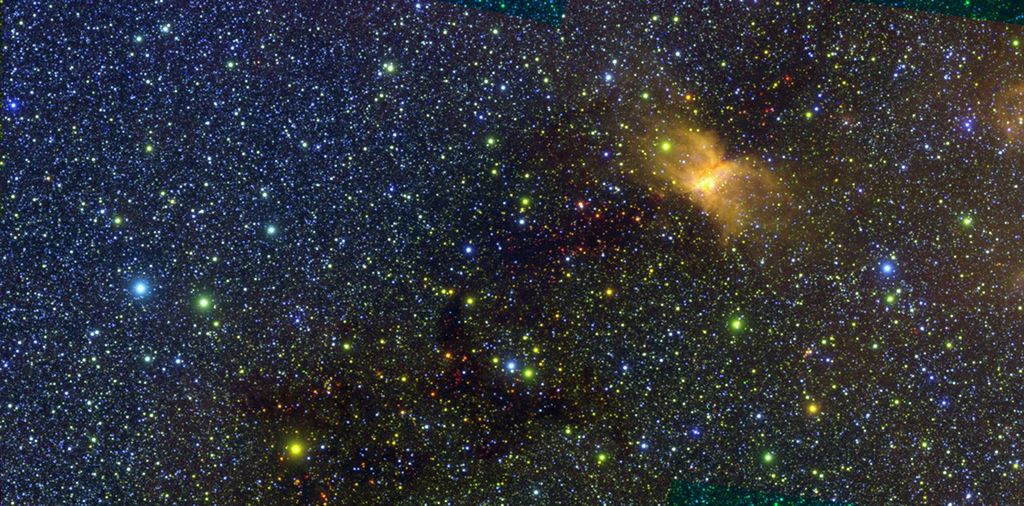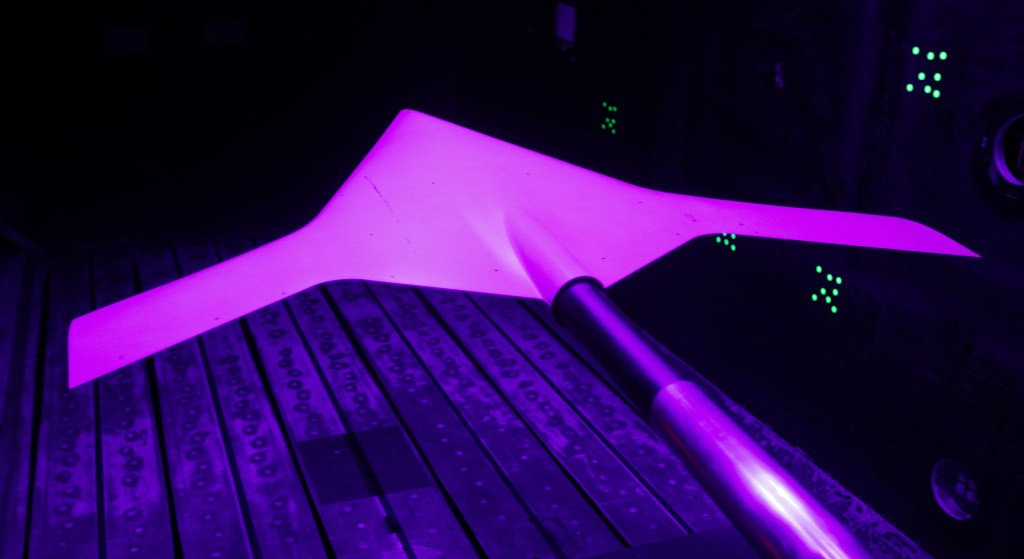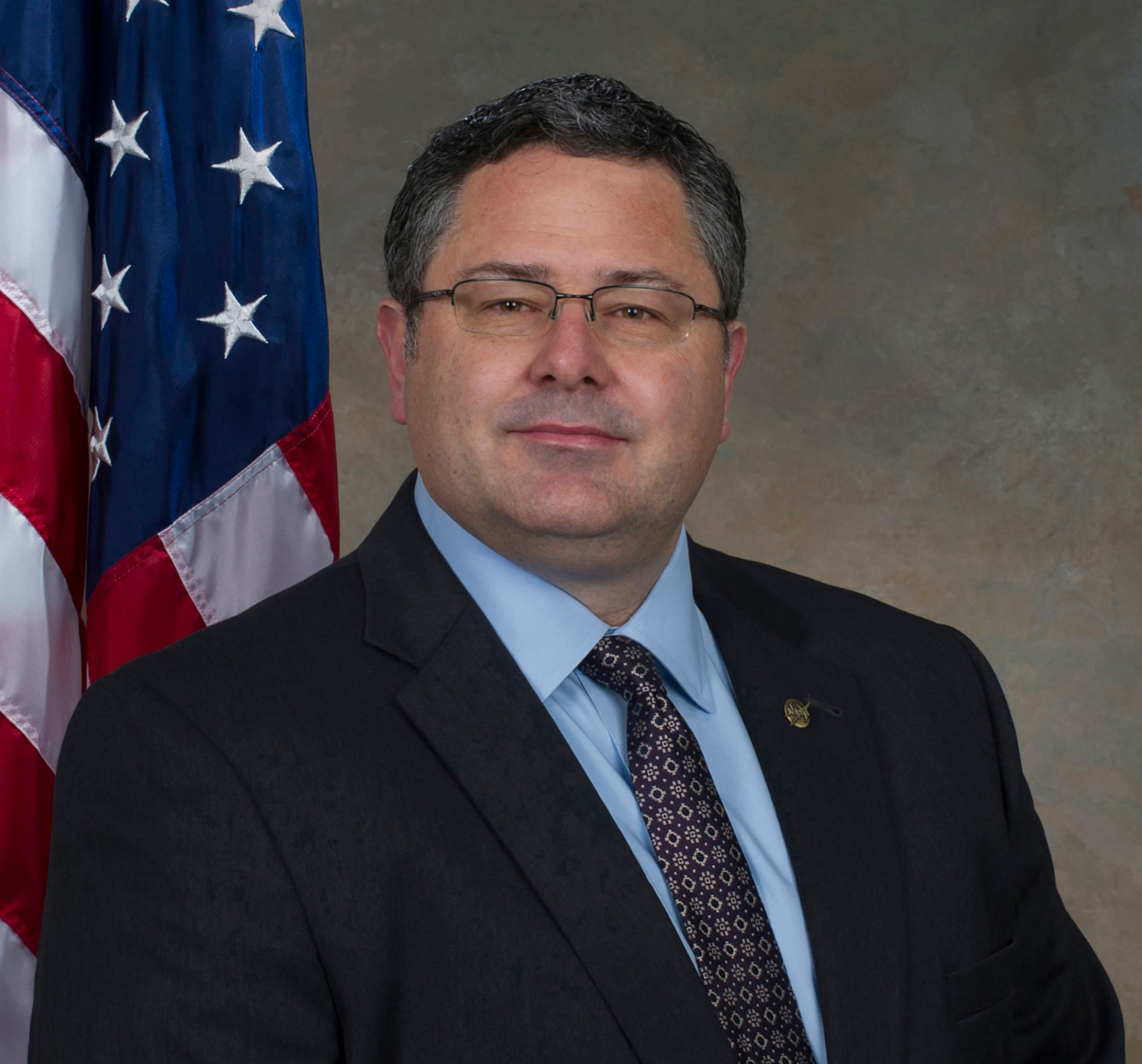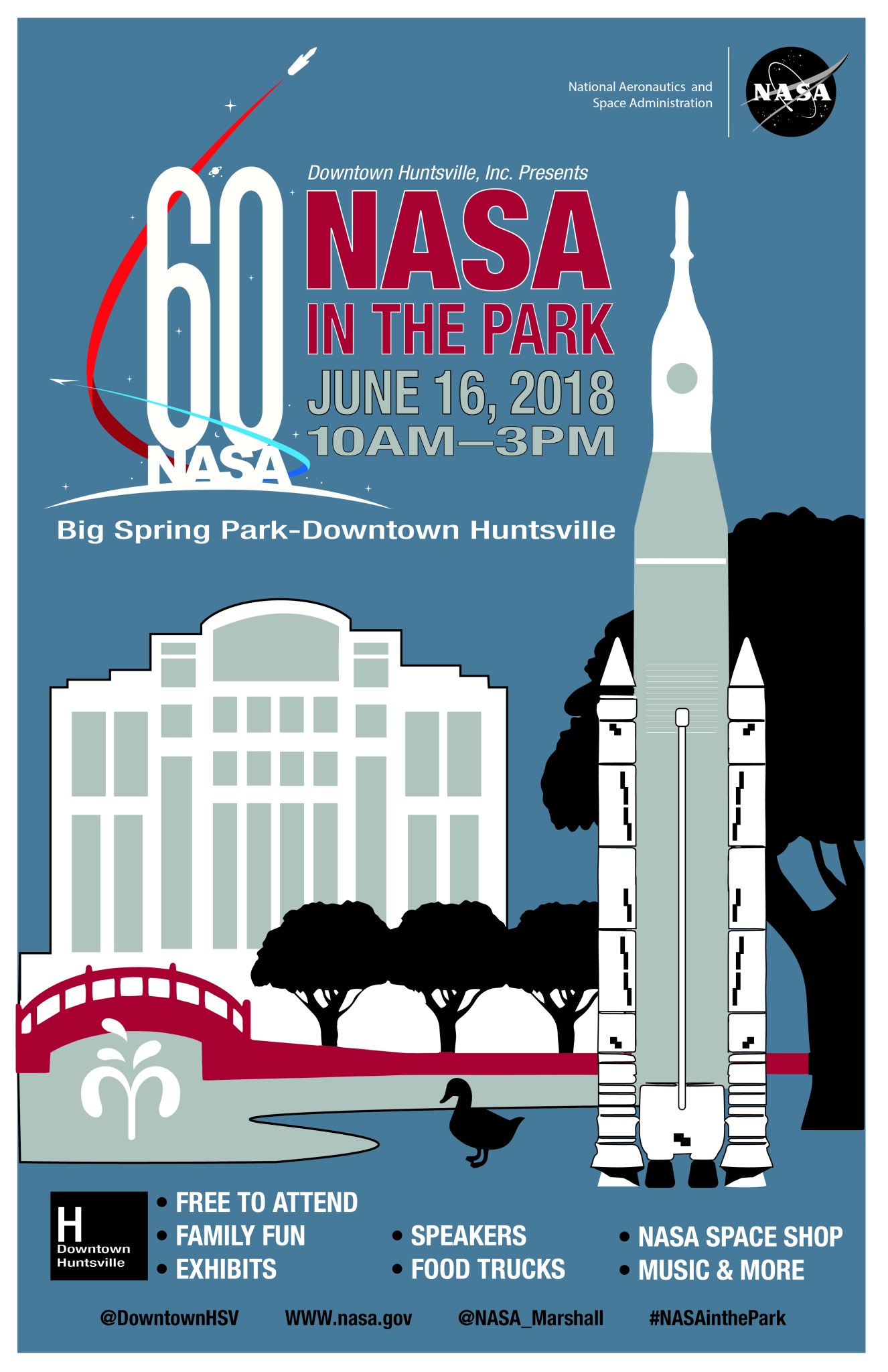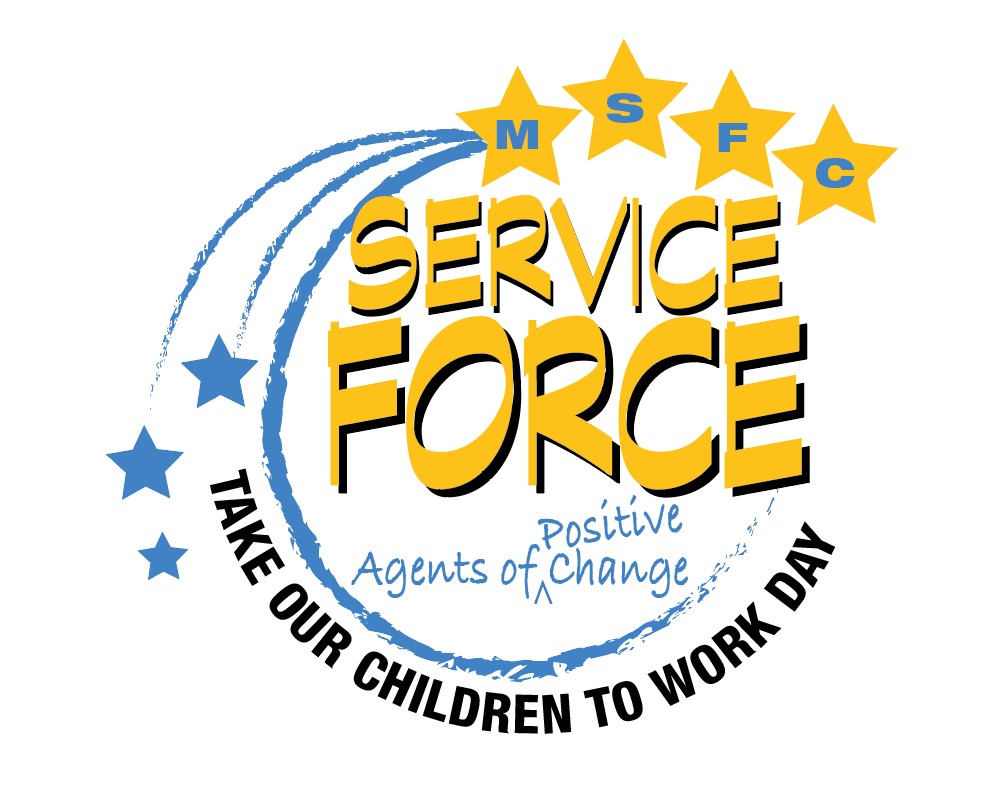In This Week’s Star
- Marshall Center Director Todd May Announces Retirement
- Marshall Celebrates NASA’s 60th Anniversary June 16 at NASA in the Park
- Three Crew Members Arrive at Space Station
- Essential to the Mission: Tiffany Lockett
- Registration Open for ‘Take Our Children to Work Day’
- Johnson’s Steve Riley to Speak at Marshall LGBT Event June 14
- Marshall Kicks Off Summer with Annual ‘Summer Blast’ Social
- Mission Support Directorate Visits Marshall for Town Hall Meeting
- This Week in NASA History: Fermi Gamma-ray Space Telescope Launches – June 11, 2008
- Obituaries
Marshall Center Director Todd May Announces Retirement
NASA Marshall Space Flight Center Director Todd May has announced his retirement, effective in late July. May informed Marshall team members of his decision in an email June 11.
“This was a difficult and emotional decision, primarily because of the amazing experience that a career at NASA affords, and the truly exceptional people you get to work with in this Agency every day,” wrote May. “NASA really is the best place to work in federal government, and not just because a survey says so: it’s because we get to make the impossible possible and do so with people like you, drawn to take on such challenges.”
Named Marshall’s center director in February 2016, May will retire after 27 years of service at the agency. He was appointed deputy director of Marshall in August 2015, and served as acting director from November 2015 until his appointment as director. Prior to that, he was manager of the Space Launch System program beginning in August 2011.
From June 2008 until August 2011, May was Marshall’s associate director, technical, responsible for ensuring that all center activities, processes and policies are consistent with the nation’s Space Exploration Policy. He was a deputy associate administrator in the Science Mission Directorate at NASA Headquarters from 2007-08, responsible for a $5 billion portfolio of robotic programs and projects, including more than 100 spacecraft at various stages of formulation, development and operations.
In 2006, he was associate program manager for the Constellation Program at Marshall. At the same time, he was deputy director of Marshall’s Science and Mission Systems Office, helping lead the organization responsible for all Marshall non-launch vehicle programs and projects. In 2004, he was manager of the Discovery and New Frontiers Programs.
“My goal in every job has been to leave it better than I found it, and I’ve worked each day to make that a reality leading the Marshall team,” May wrote to the Marshall team. “As I depart, Marshall is thriving. We are literally building the world’s most powerful rocket, enabling our astronauts to accomplish more science, peering into the farthest corners of the Universe, making world class discoveries on earth and the sun, pioneering the solar system, and developing groundbreaking technologies,” he said.
May managed the successful integration, launch and commissioning of the International Space Station’s Quest airlock in 1998. He also joined the team that launched the Gravity Probe B mission to test Einstein’s general theory of relativity. In 1994, he was deputy program manager of the Russian Integration Office for the International Space Station Program at NASA’s Johnson Space Center. May’s NASA career began at Marshall in 1991 as an engineer in the Materials and Processes Laboratory.
May will retire as the recipient of many awards, including NASA’s Exceptional Achievement Medal, the Presidential Rank Award of Meritorious Executive, NASA’s Outstanding Leadership Medal and the John W. Hager Award for professionalism in materials engineering. He was named a Distinguished Engineer in 2012 by his alma mater, Auburn University in Auburn, Alabama. In 2014, he received Aviation Week’s Program Excellence Award, as well as the Rotary National Award for Space Achievement Foundation’s Stellar Award in recognition of the SLS team’s many accomplishments.
“Our budget is up, our employee satisfaction is the highest ever, and we are on track for the safest year on record,” May wrote in his letter to the Marshall team. “Thank you for making this possible. My confidence in you is high, but one thing that made the decision easier, is my confidence in our leadership team at Marshall and across the Agency.”
Marshall Deputy Director Jody Singer will serve as acting director until a new center director is appointed.
Marshall Celebrates NASA’s 60th Anniversary June 16 at NASA in the Park
NASA’s Marshall Space Flight Center is partnering with Downtown Huntsville Inc. to fill Big Spring Park East in downtown Huntsville with exhibits, food trucks, live music, educational opportunities for all ages, and even a chance to meet an astronaut on June 16 for the annual celebration of NASA and the city of Huntsville — NASA in the Park.
This year’s event, to be held from 10 a.m. to 3 p.m., will celebrate the 60th anniversary of the agency’s founding in 1958.
More than 60 exhibits and demonstrations by NASA experts, as well as performances by Marshall musicians, and hands-on educational activities and games will be available for all ages. The event is free and open to the public.
Huntsville and Marshall leadership, along with retired NASA astronaut Robert “Hoot” Gibson — a veteran of five space shuttle missions — will visit with the public throughout the day. At 10:45 a.m., Gibson and Marshall Center Director Todd May will lead a parade around the park with children, accompanied by their families. At 11 a.m., a short program at the music stage will honor Marshall’s out-of-this-world contributions to NASA’s 60 years of space exploration with remarks from Gibson, May, Downtown Huntsville Inc. CEO Chad Emerson and other special guests.
NASA’s discoveries in aeronautics, space exploration, science and technology are transforming our understanding of ourselves, our planet, our solar system and the universe. During this family-friendly event, attendees can experience the excitement and mystery of space exploration from both past and present, check out exhibits highlighting NASA’s 60 years of space exploration that have fundamentally transformed our understanding of the universe we live in, talk with engineers and scientists who are leading the way to new discoveries, and touch the RS-25 rocket engine that was used to launch the space shuttle and will power NASA’s Space Launch System, America’s new heavy-lift rocket.
Three Crew Members Arrive at Space Station
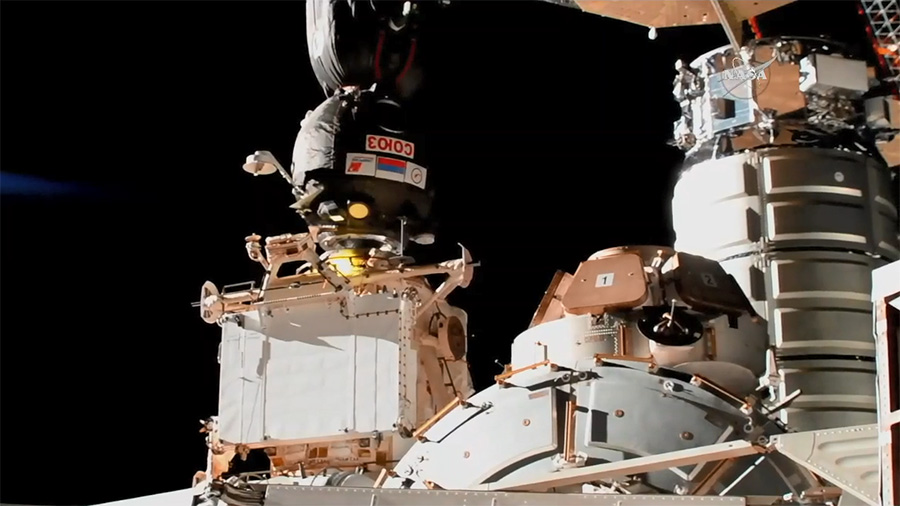
Following a two-day trip, the Soyuz MS-09 spacecraft carrying three new members of the Expedition 56 crew arrived at the International Space Station on June 8. Here, the spacecraft is shown moments after docking to the station’s Rassvet module. The spacecraft launched from the Baikonur Cosmodrome in Kazakhstan on June 6. Once docked, the crew — including NASA astronaut Serena M. Auñón-Chancellor — boarded the station, joining fellow crewmates Commander Drew Feustel and flight engineers Ricky Arnold of NASA and Oleg Artemyev of the Russian space agency Roscosmos. (NASA)
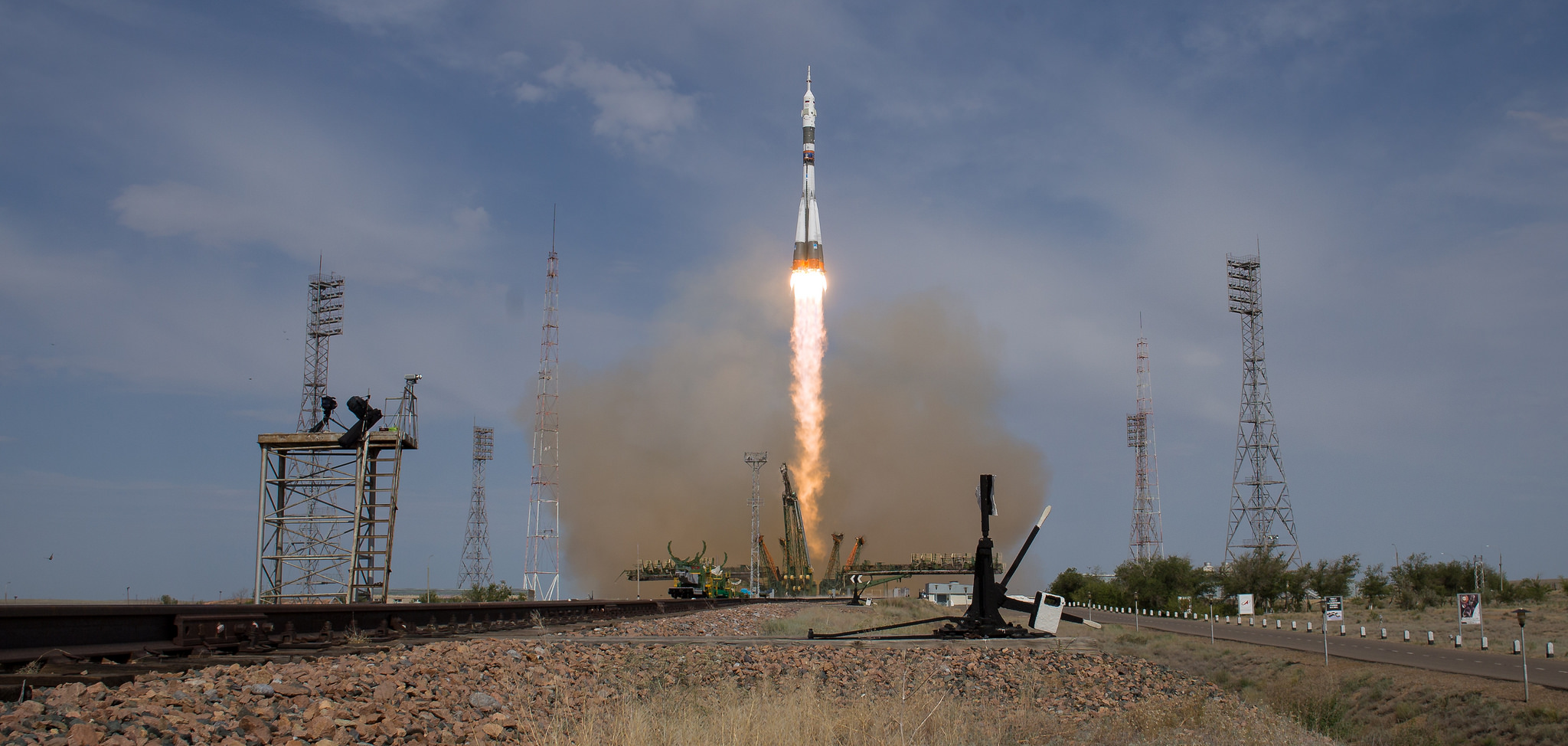
The Soyuz MS-09 rocket is launched from the Baikonur Cosmodrome in Kazakhstan on June 6 with Expedition 56 Soyuz Commander Sergey Prokopyev of Roscosmos, flight engineer Serena Auñón-Chancellor of NASA and flight engineer Alexander Gerst of the European Space Agency aboard. Prokopyev, Auñón-Chancellor and Gerst will spend the next six months living and working aboard the orbiting laboratory. (NASA/Joel Kowsky)
Essential to the Mission: Tiffany Lockett
By Jonathan Deal
Tiffany Lockett knew exactly what she wanted to do after graduating from the University of Maryland in College Park with an aerospace engineering degree. Fortunately for her, NASA’s Marshall Space Flight Center offered precisely what she was looking for.
“I wanted to work on human spaceflight and rockets. Of all the NASA centers, the only one working on a rocket design was Marshall. So it was an easy choice,” said Lockett.
More than a decade later, Lockett is a project systems engineer in the Project Engineering division of Marshall’s Space Systems Department — a product-driven organization within the Engineering Directorate. Most recently, Lockett’s work has focused on small spacecrafts or CubeSats, specifically NASA’s Near-Earth Asteroid Scout. Better known as NEA Scout, it is a small satellite the size of a shoebox that relies on an innovative solar sail for propulsion.
“We’re in a really cool renaissance of getting this technology from something that’s written on a piece of paper to reality. We now have a flight sail built and ready to be tested,” said Lockett. “This summer is a big summer for us with all the subsystems scheduled to be delivered. This fall, we start integrating the spacecraft together. Beyond just talking about it, we’re actually going to be flying it.”
NEA Scout is one of 13 secondary science payloads NASA selected to fly on the initial launch of NASA’s Space Launch System rocket. When deployed, the sail is square in shape with each side about the length of a school bus, and harnesses solar energy to use as propulsion to move through space. Instead of wind, solar sails reflect sunlight for thrust, minimizing the need for fuel. This method results in cost savings due to the reduced weight and size of the payload with reduced fuel and provides the satellite with the ability to travel through space.
“I think what is unique about the NEA Scout project I’m working on is it’s part of a paradigm shift. There is really a strong community out there that is transforming the way we do traditional aerospace,” said Lockett. “We’re going from these really big, science missions to putting that same capability into a CubeSat. Not only reducing the size of the hardware, but reducing the processes that it takes, the overhead required, the cost that is associated and the scheduling. It’s the future in my opinion.”
In addition to CubeSats, the Space Systems Department at Marshall works with ground support equipment, Environment Control and Life Support System hardware, science instruments and cameras.
“In the Project Engineering division, we focus on systems engineering, verification and validation of requirements, project life cycle and being the main point of contact between the project office and Engineering Directorate,” said Lockett. “It’s really rewarding because not only do you get to have personal responsibility for the hardware, you get to influence the resources, the schedule and make sure the team has everything they need to get done and the project’s needs are met.”
Deal, an ASRC Federal/Analytical Services employee and Marshall Star Editor, supports the Office of Strategic Analysis & Communications.
Registration Open for ‘Take Our Children to Work Day’
When you were a kid, nothing beat going with your parents to work. The big adventure of the “adult world” is enough to capture the imagination of any child. On June 21, that opportunity for kids once again comes alive for the annual “Take Our Children to Work Day” at NASA Marshall Space Flight Center. Registration for the event is now open.
Open to children and grandchildren in grades 3-12, the day includes events such as hearing from the former NASA engineer who created the Super Soaker water gun; demonstrations of flash-freezing food with liquid nitrogen; and learning about an electric car racing series for kids. Craft stations, a photo kiosk and a showing of the movie “Despicable Me 3” will also be part of the day’s activities.
A link to the full agenda and expanded details about the day’s activities will be available June 15 on the ExplorNet page and will also be in the June 20 edition of the Marshall Star.
Along with being an ideal opportunity to show young people how their family members contribute every day to America’s space program, “Take Our Children to Work Day” challenges kids to study technical subjects in the classroom — and eventually pursue careers in the STEM fields of science, technology, engineering and mathematics.
The event is organized by Marshall’s Office of Diversity and Equal Opportunity.
Email Abbie Johnson in the Office of Diversity and Equal Opportunity for more information.
Johnson’s Steve Riley to Speak at Marshall LGBT Event June 14
Steve Riley, deputy chief of NASA’s Space Vehicle Mockup Facility at Johnson Space Center, will headline NASA Marshall Space Flight Center’s Lesbian, Gay, Bisexual and Transgender Special Emphasis Program celebration June 14 at 1 p.m. in Building 4200, Room P110.
Riley, the chairman of Johnson’s Out and Allied Employee Resource Group and a lifelong advocate and role model for the LGBT community, will discuss the topic “Leading with Pride” and speak about including the LGBT and Allied community in STEM related fields at NASA.
Marshall’s LGBT Special Emphasis Program celebration is sponsored by the Office of Diversity and Equal Opportunity, which strives to promote diversity, equality and inclusion for all individuals, while providing a workplace that is free from discrimination, including harassment and retaliation.
Marshall Kicks Off Summer with Annual ‘Summer Blast’ Social
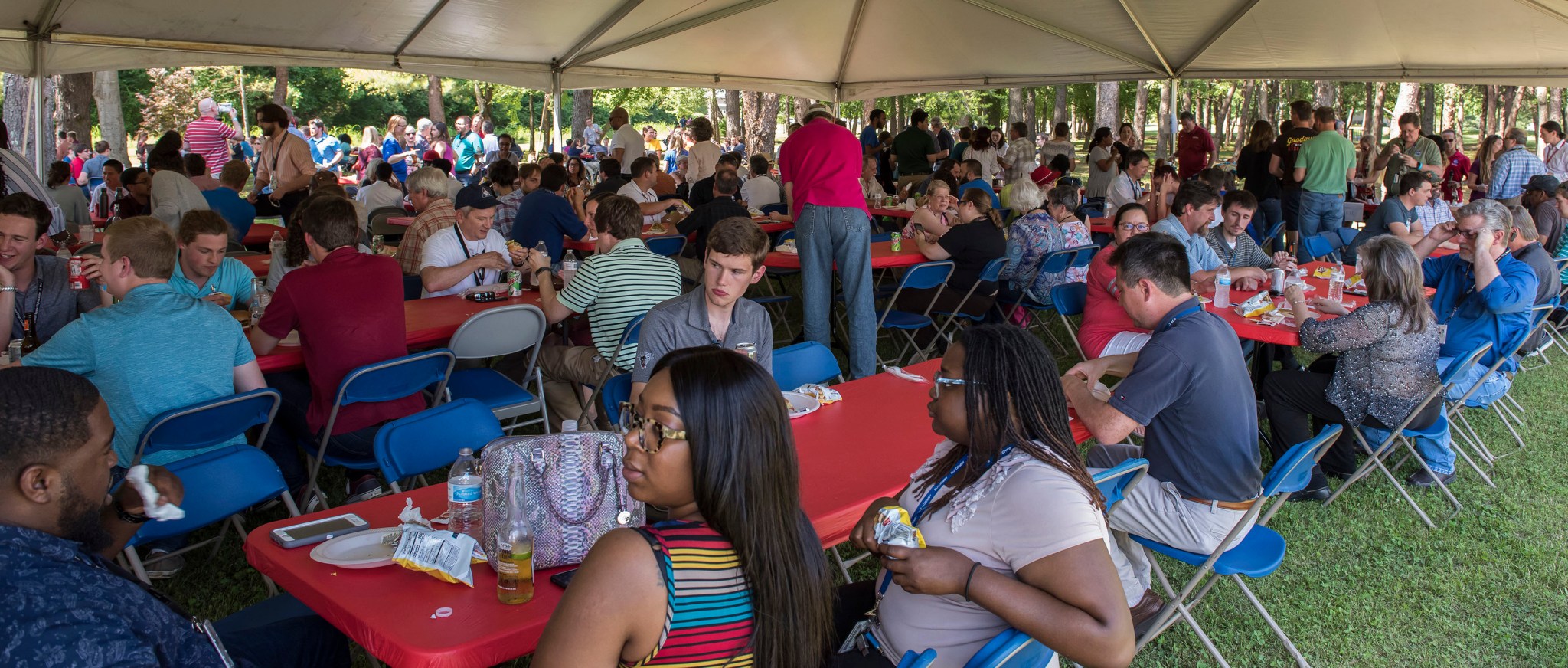
Team members from NASA’s Marshall Space Flight Center gather June 7 for the center’s annual “Summer Blast” social. The event, sponsored by the Marshall Exchange, featured summer cookout staples, including hamburgers, hotdogs and ice cream, and live musical entertainment. The Exchange is a non-appropriated-fund activity that aims to contribute to the welfare, efficiency and morale of Marshall team members, other government personnel, retired NASA employees and their families. (NASA/MSFC/Fred Deaton)
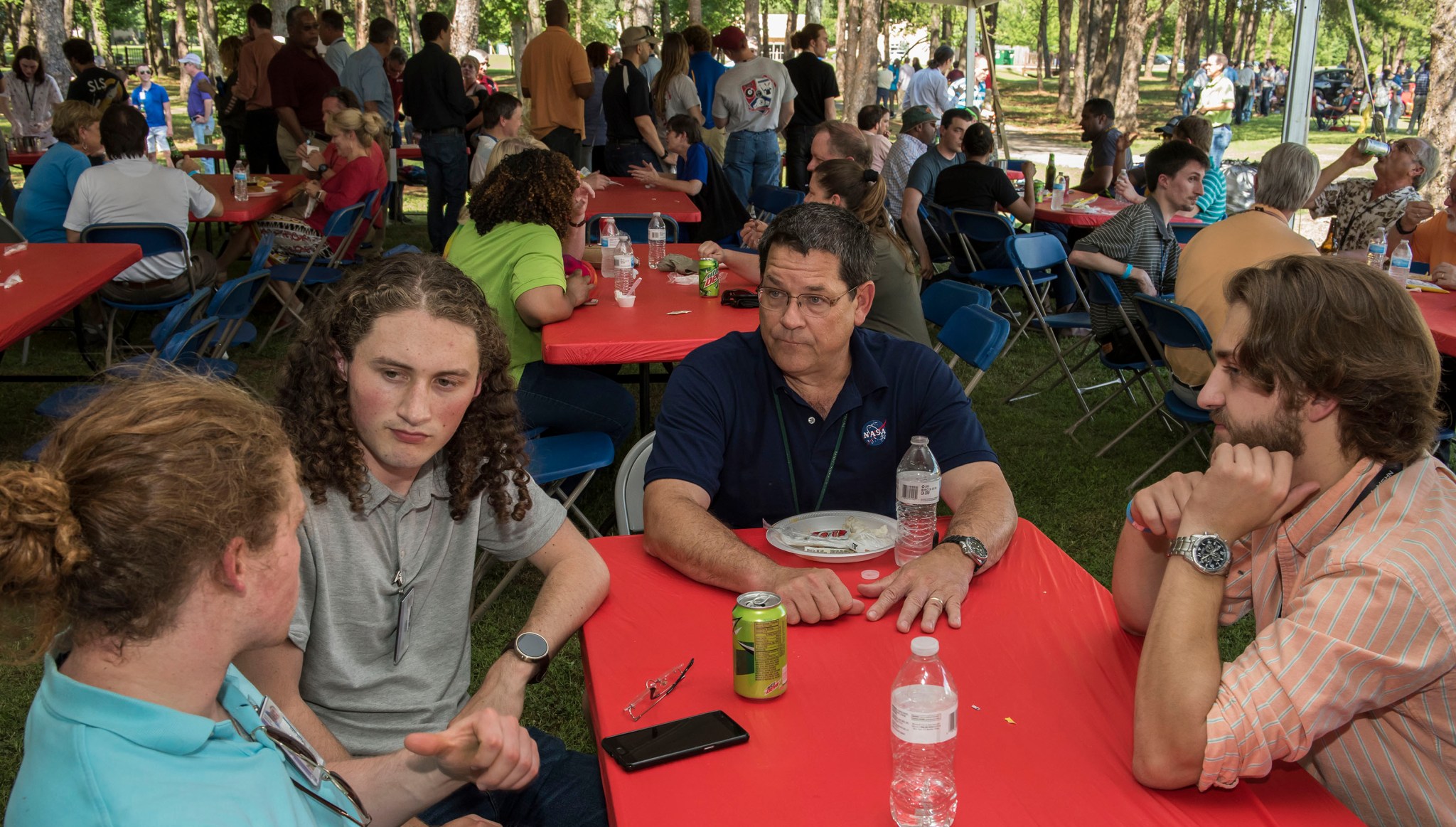
From left, Oscar Dillman and Brendan Soto, interns in Marshall’s Science and Technology Office; Roy Malone, director of Center Operations; and Carson Davis, a project coordinator for the Tech Transfer Program chat during the “Summer Blast” social. Held every June, the event is a great way to kick off the summer, network with colleagues and welcome new interns to Marshall. (NASA/MSFC/Fred Deaton)
Mission Support Directorate Visits Marshall for Town Hall Meeting
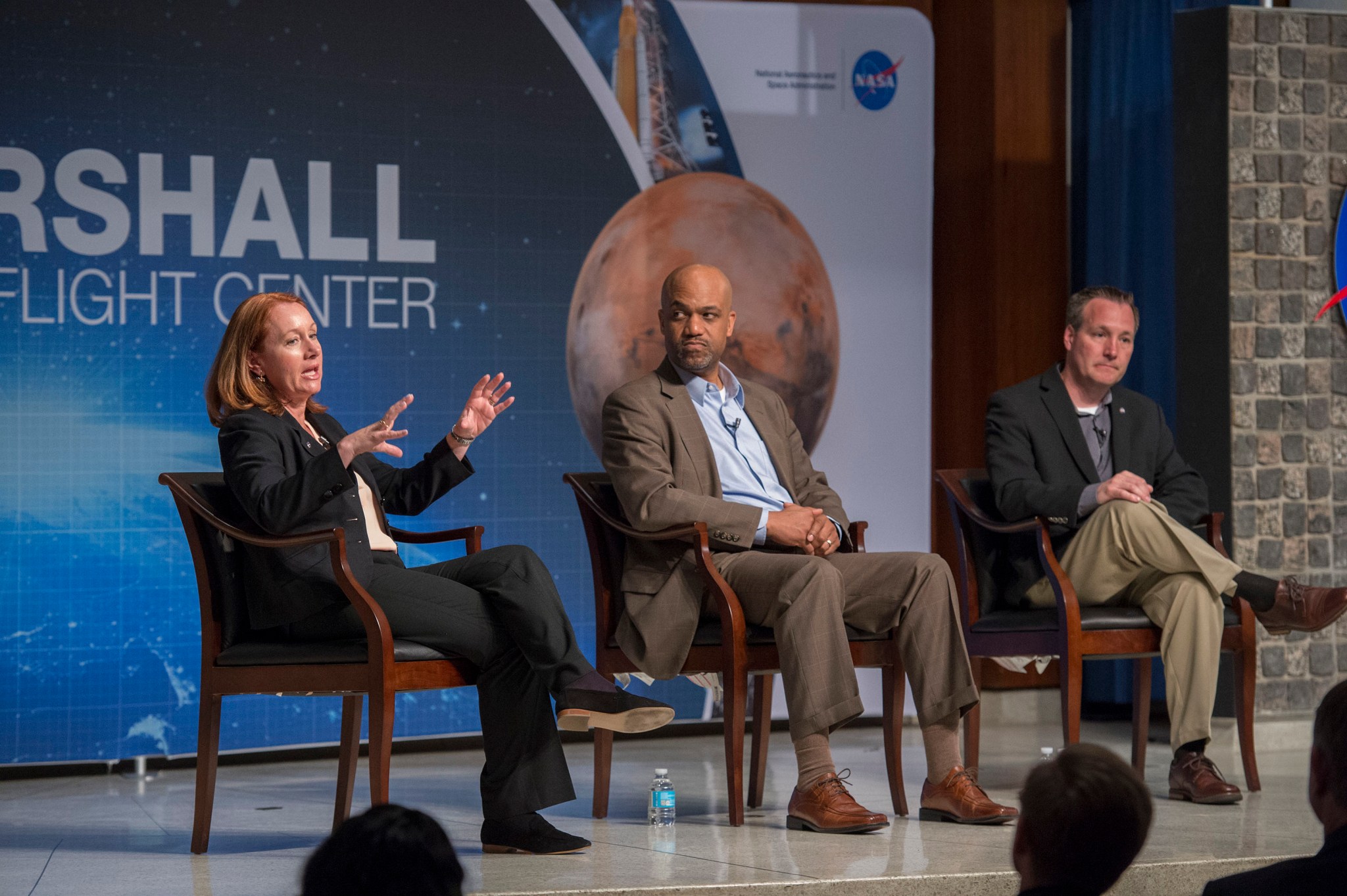
Members of NASA Headquarters’ Mission Support Directorate explain the importance of mission support as they host a town hall meeting at Marshall Space Flight Center on June 6. Directorate leaders, from left, Lisa Ziehmann, assistant associate administrator; Verron Brade, deputy associate administrator; and Daniel Tenney, associate administrator, discuss efforts underway that will lead NASA into the future. The group concluded the town hall by answering questions from the audience. (NASA/MSFC/Emmett Given)
This Week in NASA History: Fermi Gamma-ray Space Telescope Launches – June 11, 2008
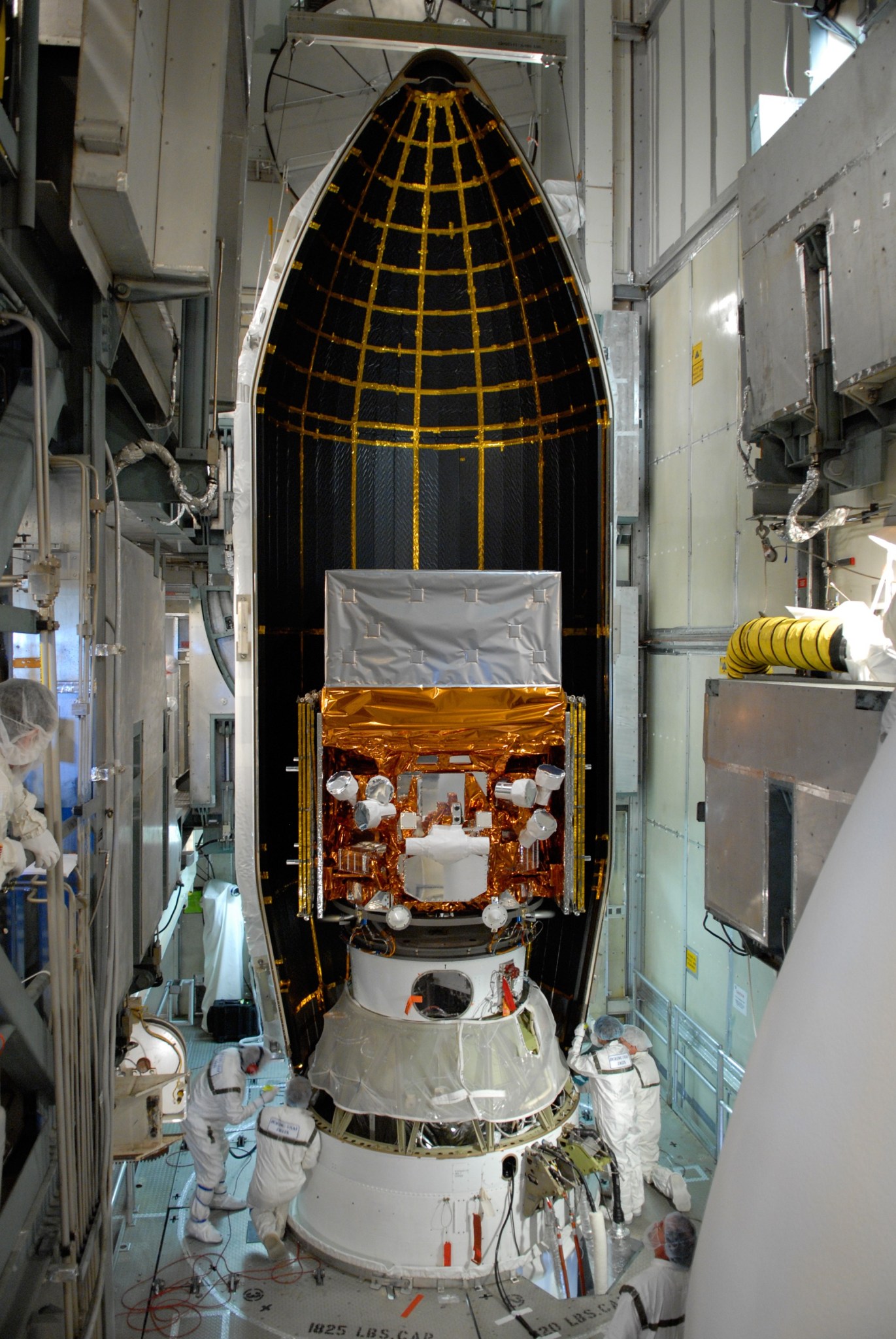
This week in 2008, the Fermi Gamma-ray Space Telescope, formerly known as the Gamma-ray Large Area Space Telescope, or GLAST, was launched aboard a Delta II rocket from Cape Canaveral Air Force Station. Fermi has two instruments, the Large Area Telescope and the Gamma-ray Burst Monitor. The Gamma-ray Burst Monitor, a collaboration between the National Space Science and Technology Center and the Max Planck Institute for Extraterrestrial Physics in Germany, complements the Large Area Telescope with its observations of transient sources and is sensitive to X-rays and gamma rays with energies between 8,000 and 40 million electron volts. Here, the first half of the payload fairing is prepared to move around the telescope. The Gamma-ray Burst Monitor is managed at NASA’s Marshall Space Flight Center. The NASA History Program is responsible for generating, disseminating, and preserving NASA’s remarkable history and providing a comprehensive understanding of the institutional, cultural, social, political, economic, technological and scientific aspects of NASA’s activities in aeronautics and space. For more pictures like this one and to connect to NASA’s history, visit the Marshall History Program’s webpage. (NASA)
Obituaries
Kevin Primm, 57, of Huntsville, died June 8. He began working at the Marshall Center in 2003, where he was still employed as the Facilities Operations and Maintenance Office manager at the time of his death. He is survived by his wife, Cindy Gattis.

